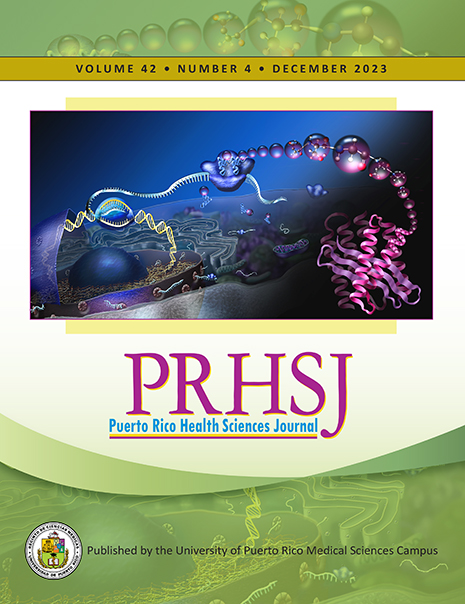Abstract
Objective: Compare the efficacy of the micro-osteoperforation (MOP) and corticotomy techniques in terms of maxillary canine retraction. Methods: Thirteen patients (5 females, 8 males; mean age, 18.07 ± 6.74 years) with healthy permanent dentition and requiring the extraction of maxillary first premolars were included in a split-mouth randomized clinical trial. Those subjects with previous orthodontic or endodontic treatment of the canines were excluded. At least 3 months post-extraction, MOPs and corticotomies were performed distal to the canines. Mini-screws with closed-coil springs (150 g) were used for the canine retraction. Dental casts were made at baseline (T0) and 3 months post-intervention (T1). Trained and calibrated examiners measured the distances from the canines to the second premolars on both sides. A signed-rank sum test was used to compare the amount of canine retraction achieved in 3 months (T0−T1) on the 2 sides. Results: Retraction (mm) at the incisal level was similar in the corticotomy (3.34 ± 1.01) and MOP patients (2.74 ± 1.10) (P = 0.11); furthermore, there were no differences in the degree of medial retraction between the corticotomy (2.56 ± 0.67) and MOP (2.27 ± 0.82) (P = 0.31) procedures. No adverse events were observed. Conclusion: There were not any clinically or statistically significant differences in retraction between the interventions. At 3 months, a MOP is as effective as a corticotomy in accelerating the rate of tooth movement.
Authors who publish with this journal agree to the following terms:
a. Authors retain copyright and grant the journal right of first publication with the work simultaneously licensed under a Creative Commons Attribution License that allows others to share the work with an acknowledgement of the work's authorship and initial publication in this journal.
b. Authors are able to enter into separate, additional contractual arrangements for the non-exclusive distribution of the journal's published version of the work (e.g., post it to an institutional repository or publish it in a book), with an acknowledgement of its initial publication in this journal.
c. Authors are permitted and encouraged to post their work online (e.g., in institutional repositories or on their website) prior to and during the submission process, as it can lead to productive exchanges, as well as earlier and greater citation of published work (See The Effect of Open Access).
